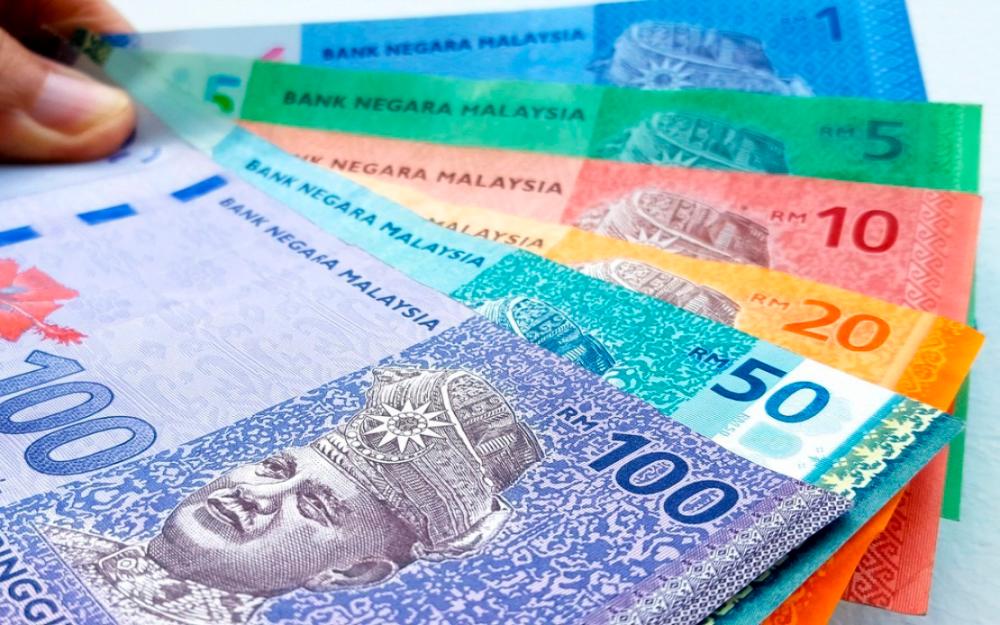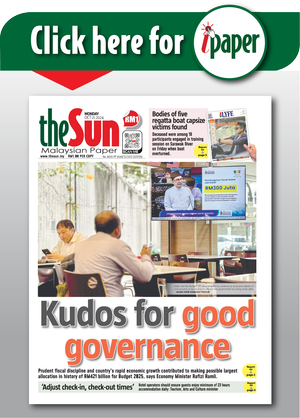PETALING JAYA: The ringgit may strengthen to 4.20-4.25 by the end of 2024, rising from 4.59 at the close of 2023, as it plays catch-up after a prolonged period of undervaluation, which made it one of the most underperforming currencies.
However, the prolonged strength of the US dollar may keep the ringgit’s average exchange rate around 4.60-4.64 against the greenback, compared with 4.56 in 2023.
Malaysian Institute of Economic Research (MIER), in its monthly economic review for July, noted that the ringgit stands to benefit from more than just US monetary policy.
Domestic factors, such as fiscal reforms aimed at reducing the budget deficit and strong gross domestic product growth expected to reach, if not exceed, 5% in 2024 could also support the currency.
Besides that, solid foreign direct investment, repatriation of funds from government-linked companies and a sustained current account surplus driven by robust exports in electronics, tourism, and services further strengthen the outlook for the ringgit.
MIER also noted that foreign investment into Malaysia’s equity and bond markets is another positive factor for the currency.
The agency said after experiencing an outflow of RM823.6 million earlier in the year, the equity market saw an inflow of RM1.3 billion in July. In the first half of 2024, foreign inflows into the bond market reached RM874.6 million.
Despite the ringgit being currently undervalued, indicators such as nominal effective exchange rate and real effective exchange rate suggest that the Malaysian currency’s fair value lies between 3.90 and 4.20 against the US dollar, MIER said.
It noted that other analyses suggest a range of 3.90 to 4.20 to the dollar, with the recent strengthening of the ringgit against the US unit and its anticipation that likely continues into 2024.
The economic research agency noted that the expectations for a US Federal Reserve rate cut in September are growing, driven by mounting recession concerns after disappointing employment data for July.
Mier said a total 100 bps rate cut in 2024 could reduce the interest rate gap between the US and Malaysia to 125-150 bps, potentially benefiting the ringgit as investors might diversify their portfolios in pursuit of higher returns.









